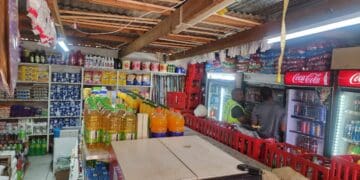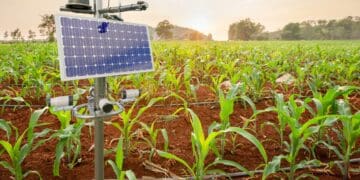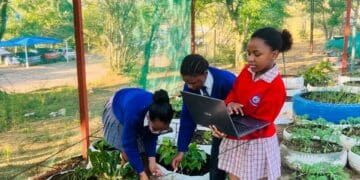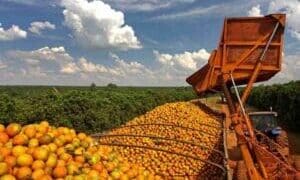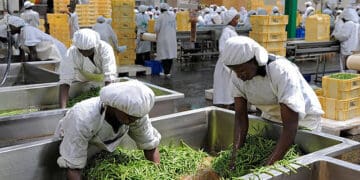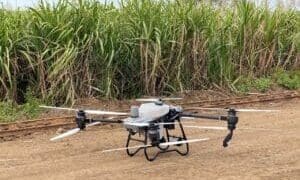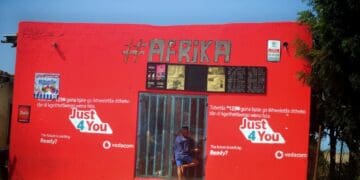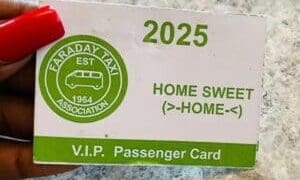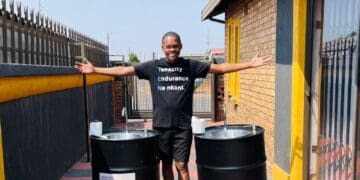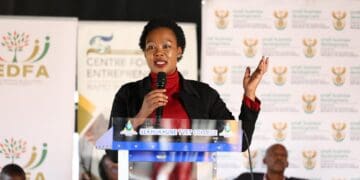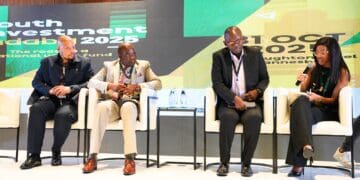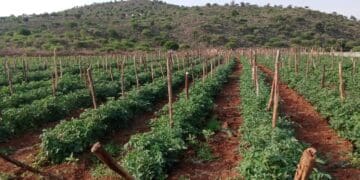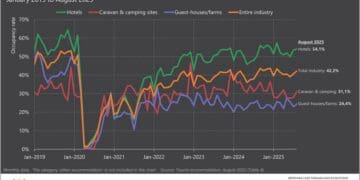Access to funding remains one of the most pressing challenges facing South African farmers today.
For many, the struggle to secure capital is not just a hurdle but a barrier that continues to stall innovation, transformation and sustainable growth.
This was the central theme during a recent webinar hosted by Khomotso Mashiloane of Red Meat Industry Services (RMIS), titled Financial Tools Every Farmer Should Know.
Building generational wealth through family businesses
Celebrating Five Years of Empowering SMMEs
An exclusive event for entrepreneurs
by Vutivi Business News
Chris Chaka, the Gauteng head of the Land Bank, said while emerging farmers possessed the skill and drive to succeed, their efforts were hampered by limited access to essential financial tools.
To address this, Chaka highlighted that a blended finance scheme as a viable solution. This model combines grants with loans.
“The loan you pay back, and the grant you don’t,” explained Chaka.
“The model is designed to support existing farmers and start-ups, including in the livestock and red meat industries.”
However, he stressed that reliable access to land was a requirement for livestock farming, and farmers must understand their region’s Livestock Unit (LSU) standard.
“In Gauteng, for instance, the LSU might range from one animal per hectare for planted pastures to one animal per seven hectares. So, if your goal is to farm 100 animals, and the LSU is five hectares per animal, you’ll need at least 500 hectares of grazing,” Chaka explained.
Environmental compliance was equally important.
“For feedlots, if you’re farming with more than 500 cattle per cycle, an Environmental Impact Assessment (EIA) is required. Below 499, it’s not mandatory. Without the requisite EIA where it is needed, the Land Bank cannot support the application,” he said, adding that the EIA process could take up to two years.
Also, applicants must be South African citizens and they must adhere to other conditions like labour laws and the minimum wage.
“This funding is not for one to become a better slave master,” Chaka emphasised.
“The funding is meant to support job creation and upliftment. The government will audit beneficiaries to ensure compliance.”
The Land Bank does not transfer money into personal accounts. Instead, suppliers are paid directly upon submission of valid invoices and bank details to prevent misuse.
He gave an example of a typical loan structure where a farmer may qualify for a blended finance package comprising a R1-million loan and a R1-million grant. The loan would be repayable over eight years at prime plus 1.75%.
Additionally, aligned with the government’s empowerment objectives, farmers are required to share 10% of their profits with employees, which is monitored through regular audits.



